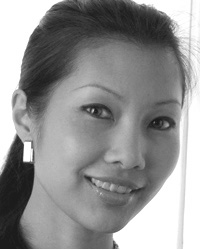
The trade winds blow cool in the mornings in the tropics of Sanur, Bali, where the full flavoured smaller apple banana variety is abundant and pleasantly enough included in abundance in the breakfast buffet.
Text and Photo © JE Nilsson and CM Cordeiro 2012
It took five security checks through the various airports from Scandinavia to Indonesia and though it has been about ten years since the Kuta bombing in Bali, security on the tourist island remains tight, the islanders looking apologetic for yet another security check even at the roadside. Considering the peaceful island’s serene philosophy and religion that is 80% Hindu with visible Buddhist influence, and that the small island’s main livelihood is tourism, one feels a tinge of sombre even as tropical sun rays streak across azure skies in this beautiful and untainted Southeast-Asian island paradise. Continue reading “At the west end of the Lesser Sunda Islands”





